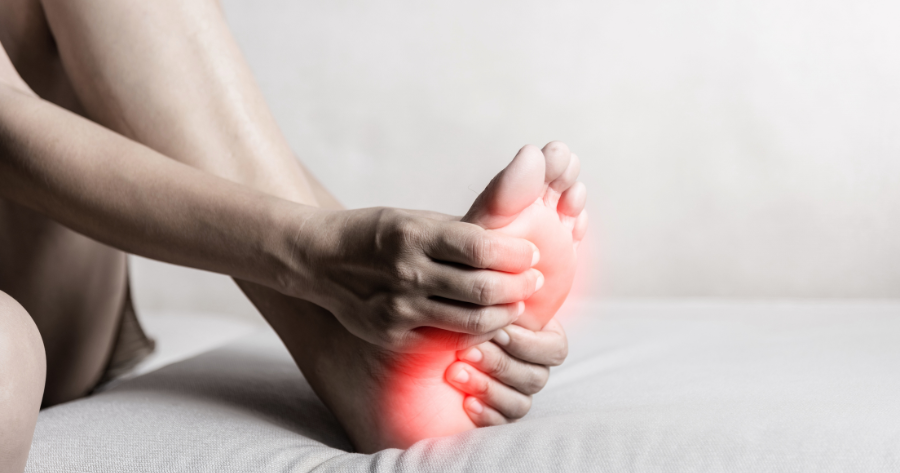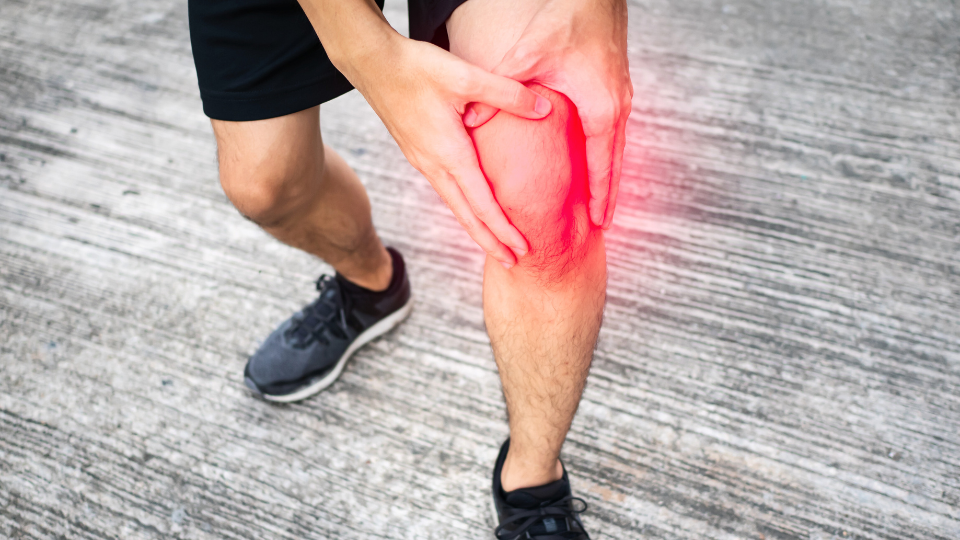Take care of your feet by wearing the right shoes.
Did you know that almost one fourth of the bones in your body are in your feet? Your feet are amazing when you consider everything they do. Whether you find feet functional or funny, from an orthopaedic standpoint, you can’t deny that they are an elegant and impressive design. There are 26 bones in each foot, 33 joints, and over 100 muscles, tendons and ligaments. Because they are so intricate, with so many moving parts, they are susceptible to a wide variety of injuries and issues. But don’t worry. The foot and ankle orthopaedic specialists at DFP Orthopaedic Surgery are experts when it comes to diagnosing and repairing foot and ankle injuries.
Some Foot Problems Are Preventable
Some foot problems are the result of heredity or injuries, but some problems are brought on by things that we do every day that can be reduced or prevented. Wearing the wrong shoes can cause many foot problems. Your feet change over the years and the older we get, the more obvious these problems become. Here is a list of common foot problems that do not occur naturally and may be lessened or prevented by wearing the right type of shoe:
■ Calluses and Corns – these occur usually on the toes due to high pressure between the bone in the toe and the shoe.
■ Bunions – these bumps occur on the outside of the big toe. The big toe starts to point toward the little toes.
■ Bunionettes – these smaller bumps occur on the outside of the little toe. The little toe starts to point toward the big toe.
■ Hammer Toes – the toes curl forcing the middle toe joint upward causing it to rub the top of the shoe.
■ Claw Toes – much like hammer toe, but a more severe curling of the toes.
■ Morton’s Neuromas – pain caused by a pinched nerve between the toes.
Don’t Commit Shoe-icide
So what do you do to avoid causing injury to your feet? While women are more guilty of shoe abuse to their feet, men should take note of these tips as well. Here are some shoe buying recommendations:
■ Don’t assume your shoe size is correct – feet can grow as we get older so have your feet measured every year.
■ When buying shoes, try to shop in the evening because your feet may swell up to 8% throughout the day.
■ Always try shoes on instead of assuming a size 8 in one brand is the same as a size 8 in another brand. Go with the shoe that’s the most comfortable regardless of what size the tag says it is.
■ Always walk around in shoes and try different surfaces to make sure they are comfortable.
■ A good rule of thumb is to make sure you have ½” of space between your longest toe and the tip of the shoe. Less and your foot may be squeezed. More and your foot may slide causing blisters.
■ Try to steer clear of sharply pointed toe boxes (the area that surrounds your toes). Round or square toe boxes won’t squeeze your toes and will allow them to lie flat.
■ Never buy a shoe that has to be stretched or requires pads to keep your feet from slipping. This is an ill-fitting shoe and will lead to problems.
■ If your foot is too wide for a particular shoe, don’t assume a larger size will solve the problem. A shoe that is too big from front to back can cause slipping and sliding inside the shoe causing blisters or toe pain from banging up against the shoe.
■ Don’t skimp on shoes. A good shoe is a good investment. A shoe repair store can replace the soles of well-made shoes multiple times, allowing you to enjoy them for many years.
■ Coordinate the right shoe with the proper activity. In other words, don’t wear an unforgiving shoe on a hike. Wear athletic shoes that will support your foot and ankle. Don’t wear high heels if you will be out dancing all night. If you must wear heels, choose a shorter heel.
Be kind to your feet
Your feet will be with you till you die. We see all kinds of foot problems every day at DFP Orthopaedic Surgery. Our foot & ankle orthopaedic specialists see the suffering firsthand. We hope these tips will help you maintain healthy feet for a lifetime. But if you do suffer from any kind of foot or ankle problem, don’t put it off. Come see us right away!

